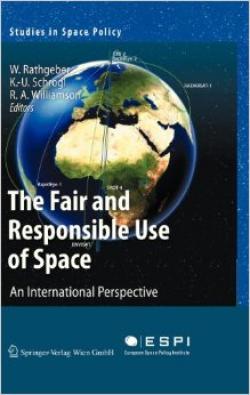Space Situational Awareness: An Overview

In the past 20 years we have experienced rapid growth in the launch of space assets by dozens of nations and operators, mostly for communications and entertainment (TV) purposes but also to provide increased services for the public in general (navigation systems for example) and for the military in particular. Hundreds of satellites, some of which are no longer operating, are crowding the most popular orbits (GEO, geostationary orbit, and some specific LEOs — low-Earth orbits), accompanied by thousands of debris travelling at speeds of kilometers per second, enough to transform even a very small (1 cm) piece of debris into a killer bullet for thin protective skins. It was only a matter of time before this unregulated system, recently put under further strain by the Chinese anti-satellite weapons (ASAT) test of 11th January 2007 that generated thousands of debris still remaining in orbit, was shaken by a potentially catastrophic event.46 It eventually happened on 10 February 2009 when two satellites collided creating a “cloud” of thousands of debris potentially producing a chain effect along one of the most crowded LEO orbits. The impact was unforeseen despite both satellites being present in the U.S. space catalogue. If the commercial operator of one of the satellites (Iridium, which provides communications for the wider public and the Pentagon) had received timely information, it could have manoeuvred in order to avoid the dead Russian military satellite into which it crashed.
-
Details
in Wolfgang Rathgeber, Kai-Uwe Schrogl, Ray A. Williamson (eds), The Fair and Responsible Use of Space: an International Perspective, Wien and New York, Springer for European Space Policy Institute (ESPI), 2010, p. 77-83, ISBN 978-3-211-99652-2 -
ISBN/ISSN/DOI:
10.1007/978-3-211-99653-9_7


